Dear Members and Friends,
I am deliberately varying the times of my pastoral letters so that we have some variety of seasonal themes. Last Michaelmas I wrote to you about St Michael, and for the first letter of this year I thought I’d write a little about one of our most important Celtic saints, St Brigid.
It is a blessing that St Brigid of Kildare is becoming better known and appreciated, globally, in the 21st century. In Ireland, her feast day is due to become a national holiday, and with the surge of interest in Celtic spirituality many people are displaying an affection for our saint, although sadly many still have little real understanding of the true nature of the Celtic church in the first millenium. This is especially the case with modernist revisionists, who do their best to hijack our saint for their ideological purposes each year, however, it is often said that “any publicity is good publicity” and those of us who know the truth about St Brigid’s abbatial status will continue to honour her and spread authentic devotion to her as best we can.
The first thing that must be acknowledged concerning the life of St Brigid is that there are few known historical facts. Evidently she lived between the years 451 – 525 A.D and was an influential and much respected Abbess of Kildare in the province of Leinster in Ireland. We know that Kildare means Church of the Oak and that from ancient times the nuns at Kildare have kept a sacred fire burning there, suggesting the druidical origins of the foundation. The Sacred Flame was extinguished in the Middle Ages but is once more enshrined at Solas Bhride, the retreat and pilgrimage centre of the Brigidine Sisters in Kildare. Tradition tells us that St Brigid was the daughter of Dubhthach, a pagan chieftain in Leinster, and Brocca, his Christian Pictish slave. Their daughter was named Brigid after one of the more important goddesses of northern Europe, variously known as Brighid, Brigid, Brigantia and Bride. The name possibly shares a common etymology with our word “bright” and also possibly means “Fiery Arrow”. In any case the association of Brigid with fire, smithcraft, poetry and healing has been pervasive throughout the Celtic countries.
I am deliberately varying the times of my pastoral letters so that we have some variety of seasonal themes. Last Michaelmas I wrote to you about St Michael, and for the first letter of this year I thought I’d write a little about one of our most important Celtic saints, St Brigid.
It is a blessing that St Brigid of Kildare is becoming better known and appreciated, globally, in the 21st century. In Ireland, her feast day is due to become a national holiday, and with the surge of interest in Celtic spirituality many people are displaying an affection for our saint, although sadly many still have little real understanding of the true nature of the Celtic church in the first millenium. This is especially the case with modernist revisionists, who do their best to hijack our saint for their ideological purposes each year, however, it is often said that “any publicity is good publicity” and those of us who know the truth about St Brigid’s abbatial status will continue to honour her and spread authentic devotion to her as best we can.
The first thing that must be acknowledged concerning the life of St Brigid is that there are few known historical facts. Evidently she lived between the years 451 – 525 A.D and was an influential and much respected Abbess of Kildare in the province of Leinster in Ireland. We know that Kildare means Church of the Oak and that from ancient times the nuns at Kildare have kept a sacred fire burning there, suggesting the druidical origins of the foundation. The Sacred Flame was extinguished in the Middle Ages but is once more enshrined at Solas Bhride, the retreat and pilgrimage centre of the Brigidine Sisters in Kildare. Tradition tells us that St Brigid was the daughter of Dubhthach, a pagan chieftain in Leinster, and Brocca, his Christian Pictish slave. Their daughter was named Brigid after one of the more important goddesses of northern Europe, variously known as Brighid, Brigid, Brigantia and Bride. The name possibly shares a common etymology with our word “bright” and also possibly means “Fiery Arrow”. In any case the association of Brigid with fire, smithcraft, poetry and healing has been pervasive throughout the Celtic countries.
Despite 20th century wishful thinking of a benign matriarchal antiquity, on the part of some devotees of Brigid, it is actually quite clear that the coming of Christianity to the Celtic countries improved the lives of women in general, who began to be treated with greater respect, though it is also true that Christianity had little tolerance for the warrior Queen types exemplified by lengendary popular heroines such as Maeve of Connaught and Boudicca. Within the traditional feminine roles sanctioned by the church there has been ample opportunity for women to thrive spiritually, and they certainly did so at Kildare and other Brigidine foundations and continue to do so within Catholicism, Orthodoxy and, until more recent decades, also Anglo-Catholicism.
The hagiography of St Brigid is replete with charming stories displaying her miraculous powers, compassion towards all and the hospitality for which she is particularly renowned. My own favorite story recounts the time when she turned a whole lake into beer for some visiting bishops! Undoubtedly some of these stories were inspired by earliar stories of the deity for whom she was named, so at Kildare, there was a seamless transition from the old to the new religion and through it all Brigid remained, loved and honoured, just as she had been since time immemorial.
The hagiography of St Brigid is replete with charming stories displaying her miraculous powers, compassion towards all and the hospitality for which she is particularly renowned. My own favorite story recounts the time when she turned a whole lake into beer for some visiting bishops! Undoubtedly some of these stories were inspired by earliar stories of the deity for whom she was named, so at Kildare, there was a seamless transition from the old to the new religion and through it all Brigid remained, loved and honoured, just as she had been since time immemorial.
For those who are interested in further study, many books have been written about St Brigid, but one of the best is “The Rites of Brigid: Goddess and Saint” by the late Sean O Duinn OSB, monk of Glenstal Abbey. I will not go into further detail here on the details of her life, but intend just to draw your attention to St Brigid’s relation to Our Lady and to the Holy Spirit.
For the Irish and Scots in particular there has always been a strong correlation between Our Lady and St Brigid, to the extent that St Brigid has often been accoladed as “Mary of the Gael”, not to detract from the World Mother in the slighest, to whom the Gael has always been devoted, but rather to exalt Brigid to the status of Mary’s handmaid. There was, for example a popular story of Brigid being miraculously transported to Israel to assist as midwife at the birth of Our Lord. This became the subject of a wonderful painting by artist of the Celtic twilight, John Duncan.
Mary and Brigid (or Bride) are coupled together in several ancient Gaelic prayers. This one comes from the Hebridean oral tradition. Notice the blurring of prayer and magic, which is quite typical of the Celtic folk tradition.
INCANTATION of the seeing eye,
Incantation of the guiding star,
Incantation of the King of all kings,
Incantation of the God of life,
Incantation of the King of all kings,
Incantation of the God of life.
Incantation of Bride of the locks of gold,
Incantation of the beauteous Mary Virgin,
Incantation of the Virtue of all virtues,
Incantation of the God of glory,
Incantation of the Virtue of all virtues,
Incantation of the God of glory.
Incantation of Peter and of Paul,
Incantation of Ariel and John of love,
Incantation of the God of all gods,
Incantation of the God of grace,
Incantation of the God of all gods,
Incantation of the God of grace.
Feast of Mary, Feast of God,
Feast of cleric and of priest,
Feast of Christ, Prince of power,
Who established the sun with strength,
Feast of Christ, Prince of power,
Who endowed the sun with strength.
INCANTATION of the seeing eye,
Incantation of the guiding star,
Incantation of the King of all kings,
Incantation of the God of life,
Incantation of the King of all kings,
Incantation of the God of life.
Incantation of Bride of the locks of gold,
Incantation of the beauteous Mary Virgin,
Incantation of the Virtue of all virtues,
Incantation of the God of glory,
Incantation of the Virtue of all virtues,
Incantation of the God of glory.
Incantation of Peter and of Paul,
Incantation of Ariel and John of love,
Incantation of the God of all gods,
Incantation of the God of grace,
Incantation of the God of all gods,
Incantation of the God of grace.
Feast of Mary, Feast of God,
Feast of cleric and of priest,
Feast of Christ, Prince of power,
Who established the sun with strength,
Feast of Christ, Prince of power,
Who endowed the sun with strength.
It should be obvious to the reader by now that St Brigid’s feast day was most probably not the day of her death, unless there was some providential synchronicity at work! No, her feast day was the ancient festival of Imbolc, when the ancient Irish and Scots celebrated the returning light, the first signs of spring and the flow of ewe’s milk for newborn lambs, however, our ancestors had a charming, if unlikely. story of how the day was chosen. Lady Augusta Gregory, in her book of St Brigid stories told it thus:
“There was a poor man, and a poor woman, living in an ancient place in Ireland, a sort of a wilderness. The man used to be wishing for a son that would be a help to him with the work, but the woman used to say nothing, because she was good. They had a baby at last, but it was a girl, and the man was sorry and he said "We will always be poor now." But the woman said, for it was showed to her at that time, "This child will be the Mother of God." The girl grew up in that ancient place, and one day she was sitting at the door, and our Saviour sent One to her that said "Would you wish to be the Mother of God?" "I would wish it" said she. And on the minute, as she said that, the Saviour went into her as a child. The Messenger took her with him then, and he put beautiful clothing on her, and she turned to be so beautiful that all the people followed them, crowding to see the two beautiful people that were passing by. They met then with Brigit, and the Mother of God said to her, "What can we do to make these crowds leave following us?" "I will do that for you" said Brigit "for I will show them a greater wonder." She went into a house then and brought out a harrow and held it up over her head, and everyone of the pins gave out a flame like a candle; and all the people turned back to look at the shining harrow that was such a great wonder. And it is because of that the harrow is blessed since that time. The Mother of God asked her then what would she do for her as a reward. "Put my day before your own day" said Brigit. So she did that, and Saint Brigit's day is kept before her own day ever since. And there are some say Brigit fostered the Holy Child, and kept an account of every drop of blood he lost through his lifetime, and anyway she was always going about with the Mother of God.”
So that, according to the old Irish, is why we keep St Brigid’s Day on the day before Candlemas!
The stories of St Brigid’s relationship with the Christ child as mid-wife or even foster-mother are well known, but there is another less well known aspect that St Brigid shares with Our Lady which may be worth pondering. Just as Our Lady is the Spouse of the Holy Spirit, overshadowed by Him and later filled with Him at Pentecost, so St Brigid has her own particular relationship with the Holy Spirit, though to consider it we need to look once more to pre-Christian antiquity for some clues. Brigid as a fire goddess and later saint of the Sacred Flame at Kildare naturally brings to mind the flame of the Holy Spirit descending at Pentecost, but more profoundingly there is an association with Sophia, Holy Wisdom or the Shekina,traditionally envisioned as feminine, whose scriptural symbol is the dove.
“There was a poor man, and a poor woman, living in an ancient place in Ireland, a sort of a wilderness. The man used to be wishing for a son that would be a help to him with the work, but the woman used to say nothing, because she was good. They had a baby at last, but it was a girl, and the man was sorry and he said "We will always be poor now." But the woman said, for it was showed to her at that time, "This child will be the Mother of God." The girl grew up in that ancient place, and one day she was sitting at the door, and our Saviour sent One to her that said "Would you wish to be the Mother of God?" "I would wish it" said she. And on the minute, as she said that, the Saviour went into her as a child. The Messenger took her with him then, and he put beautiful clothing on her, and she turned to be so beautiful that all the people followed them, crowding to see the two beautiful people that were passing by. They met then with Brigit, and the Mother of God said to her, "What can we do to make these crowds leave following us?" "I will do that for you" said Brigit "for I will show them a greater wonder." She went into a house then and brought out a harrow and held it up over her head, and everyone of the pins gave out a flame like a candle; and all the people turned back to look at the shining harrow that was such a great wonder. And it is because of that the harrow is blessed since that time. The Mother of God asked her then what would she do for her as a reward. "Put my day before your own day" said Brigit. So she did that, and Saint Brigit's day is kept before her own day ever since. And there are some say Brigit fostered the Holy Child, and kept an account of every drop of blood he lost through his lifetime, and anyway she was always going about with the Mother of God.”
So that, according to the old Irish, is why we keep St Brigid’s Day on the day before Candlemas!
The stories of St Brigid’s relationship with the Christ child as mid-wife or even foster-mother are well known, but there is another less well known aspect that St Brigid shares with Our Lady which may be worth pondering. Just as Our Lady is the Spouse of the Holy Spirit, overshadowed by Him and later filled with Him at Pentecost, so St Brigid has her own particular relationship with the Holy Spirit, though to consider it we need to look once more to pre-Christian antiquity for some clues. Brigid as a fire goddess and later saint of the Sacred Flame at Kildare naturally brings to mind the flame of the Holy Spirit descending at Pentecost, but more profoundingly there is an association with Sophia, Holy Wisdom or the Shekina,traditionally envisioned as feminine, whose scriptural symbol is the dove.
The relationship between Holy Wisdom and the Holy Spirit has never been satisfactorily defined theologically, but perhaps as an essentially feminine mystery is doesn’t need to be, and can be better accessed by the intuition than the intellect. Then, additional to the Jewish angle, we can also consider the fact that the Romans identified Brigantia (Brigid of the northern Britons) with the Roman Goddess of Wisdom, Minerva, as well as with a local variation, the Romano-Celtic deity, Sulis Minerva, patroness of the hot springs at Bath, whose priestesses, like the nuns at Kildare, guarded a sacred and perpetual flame. Once more we see the connection of Fire, Spirit and Wisdom, so whatever else our saint may be, wisdom is certainly one of her characteristics, though hers is certainly a homely wisdom, the wisdom of hearth and home, of weaving, milking, cooking, motherhood and hospitality - in fact, such wisdom as the world needs now more than ever.
I have been a devotee of St Brigid of Kildare all my life, taught at my grandmother’s knee how to make St Brigid’s crosses and a regular visitor to her Holy Wells at Kildare. It is a blessing to see the pilgrimages growing and the wonderful pastoral work achieved by the Brigidine Sisters, however, among the initiates of our Templar Order there is another Brigidine tradition which many of us find spiritually enriching, which comes from England rather than Ireland, as Dion Fortune recounts in “Glastonbury: Avalon of the Heart”, …. “St Patrick crossed the Irish Sea in his frail craft and came here, organising the solitary hermits under a discipline. St Bride too, sweetest of solitaries, had her cell at Beckary, a low rise of ground beyond Wearyall. There she left her weaving-tools behind her, and a few years ago a bronze bell of most ancient workmanship was found there by a shepherd, and was given by him to Chalice Well for the Chapel, where its two sweet notes used to give the call to prayers, morning and evening. That it was a woman's bell is certain for the finger holes by which it is held are so small that only a woman's fingers could use them.”
I have been a devotee of St Brigid of Kildare all my life, taught at my grandmother’s knee how to make St Brigid’s crosses and a regular visitor to her Holy Wells at Kildare. It is a blessing to see the pilgrimages growing and the wonderful pastoral work achieved by the Brigidine Sisters, however, among the initiates of our Templar Order there is another Brigidine tradition which many of us find spiritually enriching, which comes from England rather than Ireland, as Dion Fortune recounts in “Glastonbury: Avalon of the Heart”, …. “St Patrick crossed the Irish Sea in his frail craft and came here, organising the solitary hermits under a discipline. St Bride too, sweetest of solitaries, had her cell at Beckary, a low rise of ground beyond Wearyall. There she left her weaving-tools behind her, and a few years ago a bronze bell of most ancient workmanship was found there by a shepherd, and was given by him to Chalice Well for the Chapel, where its two sweet notes used to give the call to prayers, morning and evening. That it was a woman's bell is certain for the finger holes by which it is held are so small that only a woman's fingers could use them.”
It was there, at St Bride’s Well in Beckary in 1906 that three young ladies, Kitty Tudor Pole and Christine and Janet Allen, discovered the artifact now known as the Glastonbury Blue Bowl, thought for quite a while, and by quite a few people, to be the Holy Grail. The girls set up a shrine for the bowl at the Allen home near Bristol but after a few years they went their separate ways. Christine married the aforementioned Scottish painter, John Duncan, and Janet became Sr Brigid OSB at Stanbrook Abbey, whilst Kitty remained as guardian of the bowl for many years until it was taken to its permanent home at Chalice Well Gardens. For the Blue Bowl girls there was an indefinable connection between their mystical experience with the bowl, St Brigid and the Holy Spirit, beautifully expressed in this prayer to St Bride that they wrote together, and which remains my favourite daily prayer to St Brigid:
O Thou Most Holy Virgin Bride, we greet Thee.
Thou who comest robed in the Greater Glory of the Holy Spirit.
Bride of Supreme Wisdom, Beauty and Truth.
Come on Wings of Deliverance, bearing the shield of a Dove.
Whisper to the saddend Heart of My Humanity that Redemption draweth Nigh.
Come O Bride, Thy Servants do Wait,
Come O Bride, Thy Servants do Wait,
Come O Bride, Thy Servants do Wait,
Come in the Light of the Shining Moon,
Come in the Dawning of the Day.
Here our cry, O Bride, Most Glorious Virgin of Supreme Loveliness.
Be Gracious unto thy Servants. Amen.
O Thou Most Holy Virgin Bride, we greet Thee.
Thou who comest robed in the Greater Glory of the Holy Spirit.
Bride of Supreme Wisdom, Beauty and Truth.
Come on Wings of Deliverance, bearing the shield of a Dove.
Whisper to the saddend Heart of My Humanity that Redemption draweth Nigh.
Come O Bride, Thy Servants do Wait,
Come O Bride, Thy Servants do Wait,
Come O Bride, Thy Servants do Wait,
Come in the Light of the Shining Moon,
Come in the Dawning of the Day.
Here our cry, O Bride, Most Glorious Virgin of Supreme Loveliness.
Be Gracious unto thy Servants. Amen.
Since our Pastoral Letter of last Michaelmas, we have rejoiced in the Consecration of Dom Gregorio OSBA to the Episcopate in Italy as well as the following ordinations: Fr Hugh Abhishiktananda (Priest) in the USA; Revd Rafael (Deacon) in Brazil, Revd Br Paul-Bernarde OSBA (Deacon) in England; Revd Fra Pietro Maria OSBA (Deacon) in Italy; Stephen (Subdeacon) the USA, and also the incardination of Subdeacon Juan Carlos in Colombia, so in spite of major inconveniences due to the present global crisis the work of the church continues, thanks to the zeal of our bishops, clergy, deaconesses and members of various orders.
As the state of the world is hardly improving, perhaps the less said the better. It behoves us more than ever to continue to RESIST the demonic new world order, whenever we can, in any way we can, and to continue to stand up for human rights and personal autonomy, alongside many traditional Catholics, Orthodox, Evangelicals and people of other faiths and none. There are no prizes for compliance in this church, but where our members are forced to comply by employers and governments, empathy and support is the most appropriate response.
I would like to recommend to you all the familiar and unbeatable Benedictine formula of Prayer, Work, Study & Recreation, as a tried and tested recipe for stability in this uncommonly dangerous time for humanity. It does work, if you work at it. Keep the faith!
As far as I am concerned, the aim of our church this year is to Maintain, Conserve and Consolidate, and to continue to be an example of the hospitality of Our Holy Mother St Brigid as we strive to bring the Light and Warmth of Christ into a world that sometimes appears to be dark and cold.
I shall close this “ramble through the brambles” of history and mythology by wishing you all a blessed St Bride’s Day and Candlemas,
+Alistair OSBA,
Titular Abbot-Bishop of Glendalough
& Primus
As the state of the world is hardly improving, perhaps the less said the better. It behoves us more than ever to continue to RESIST the demonic new world order, whenever we can, in any way we can, and to continue to stand up for human rights and personal autonomy, alongside many traditional Catholics, Orthodox, Evangelicals and people of other faiths and none. There are no prizes for compliance in this church, but where our members are forced to comply by employers and governments, empathy and support is the most appropriate response.
I would like to recommend to you all the familiar and unbeatable Benedictine formula of Prayer, Work, Study & Recreation, as a tried and tested recipe for stability in this uncommonly dangerous time for humanity. It does work, if you work at it. Keep the faith!
As far as I am concerned, the aim of our church this year is to Maintain, Conserve and Consolidate, and to continue to be an example of the hospitality of Our Holy Mother St Brigid as we strive to bring the Light and Warmth of Christ into a world that sometimes appears to be dark and cold.
I shall close this “ramble through the brambles” of history and mythology by wishing you all a blessed St Bride’s Day and Candlemas,
+Alistair OSBA,
Titular Abbot-Bishop of Glendalough
& Primus
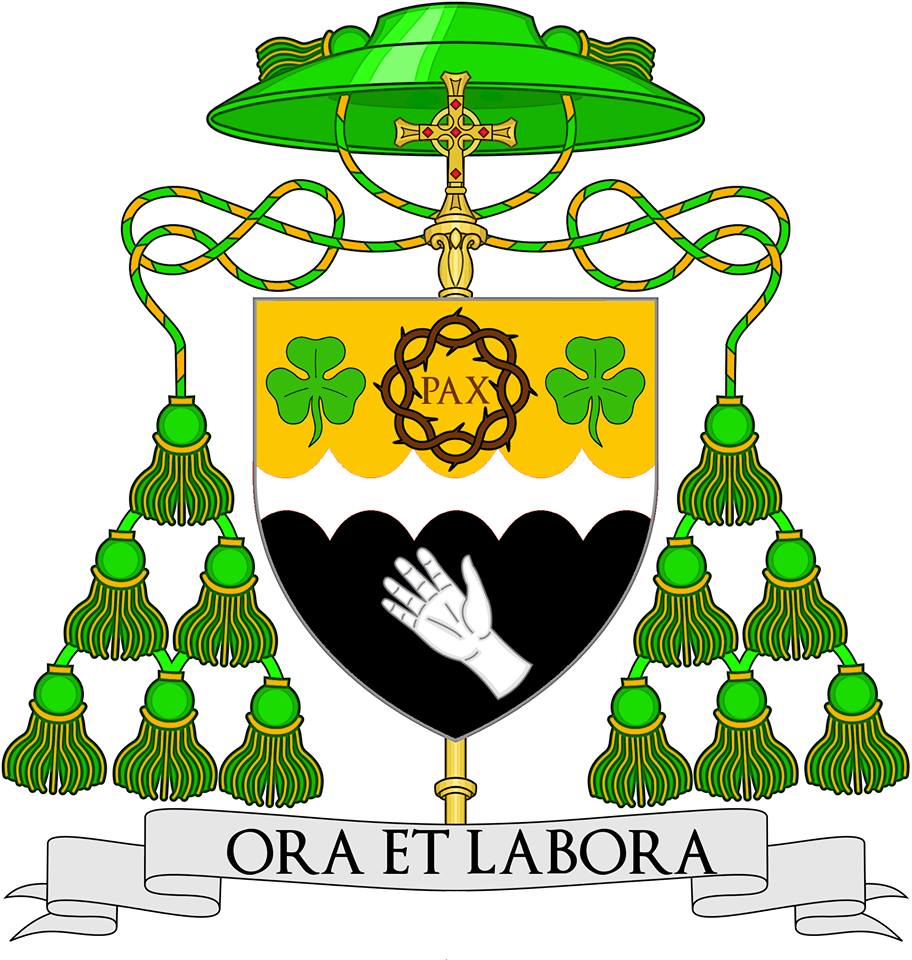
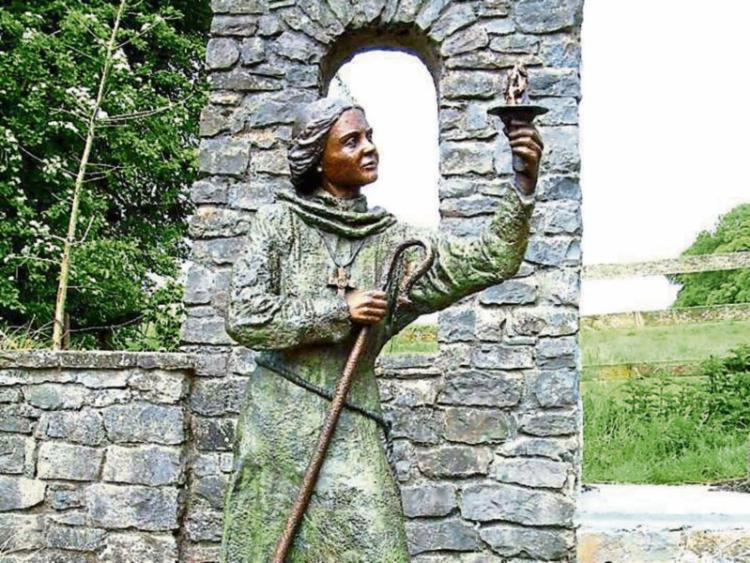
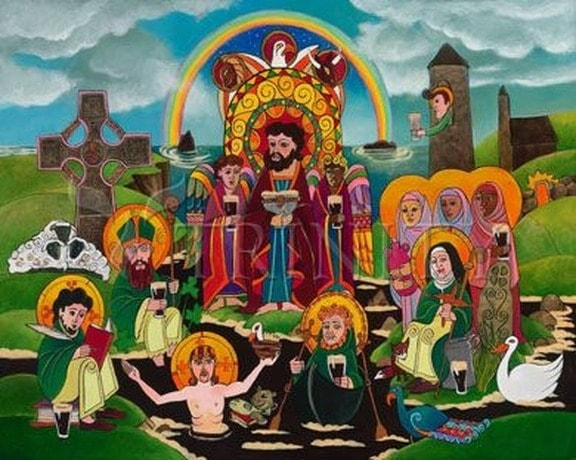
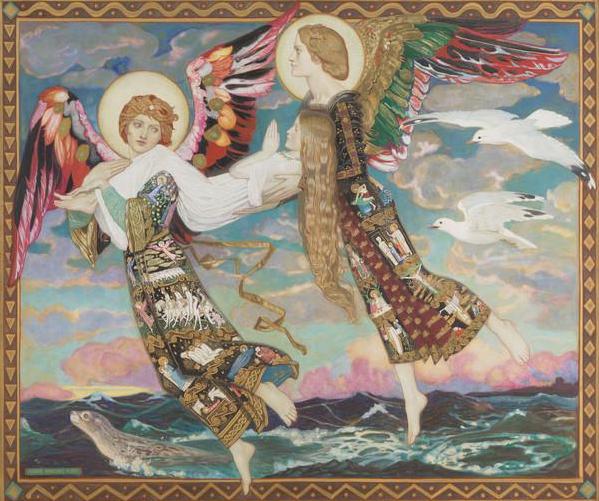
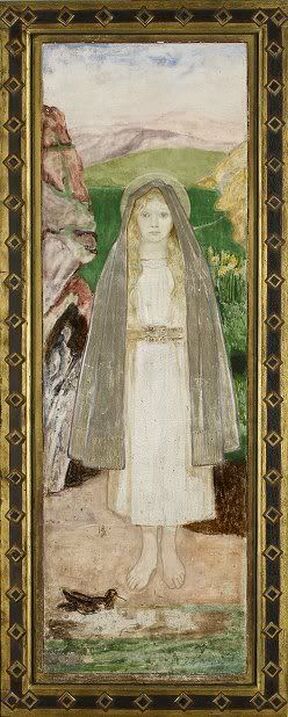
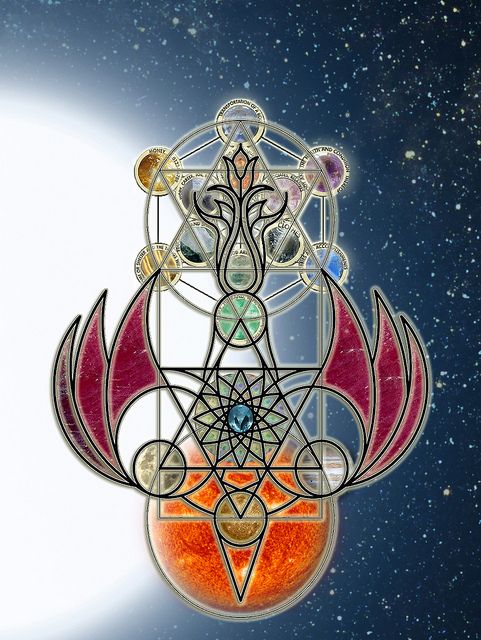
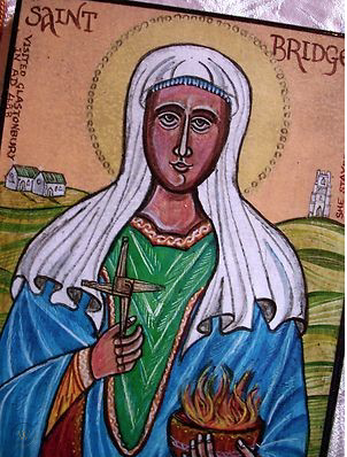
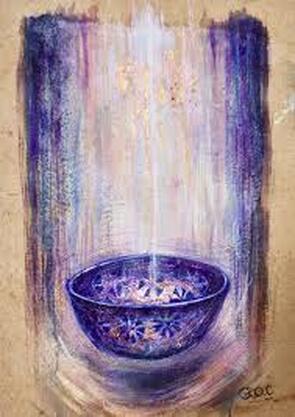
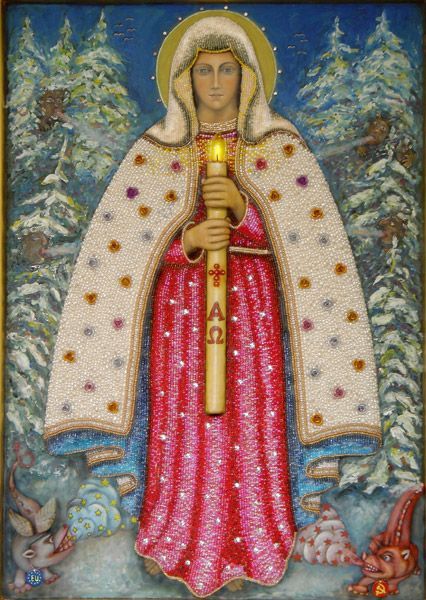
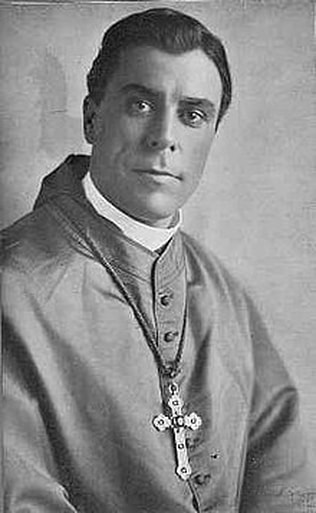
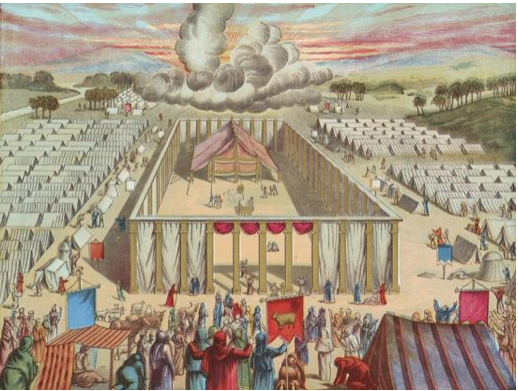
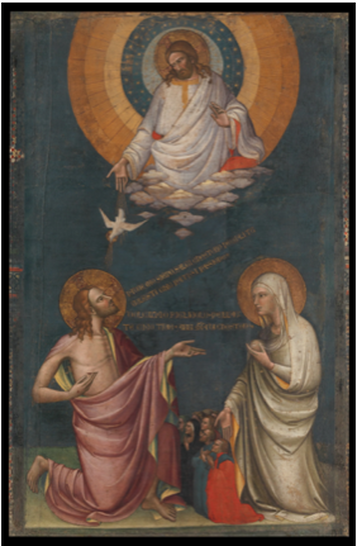
 RSS Feed
RSS Feed
